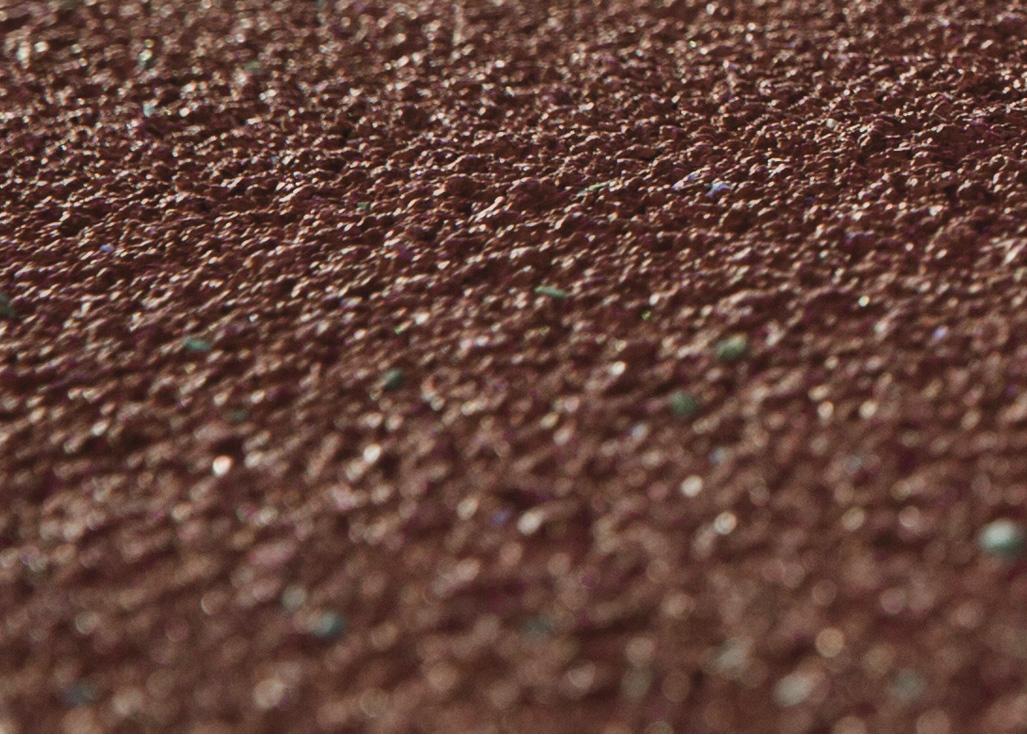
10 minute read
Preparing for what comes next

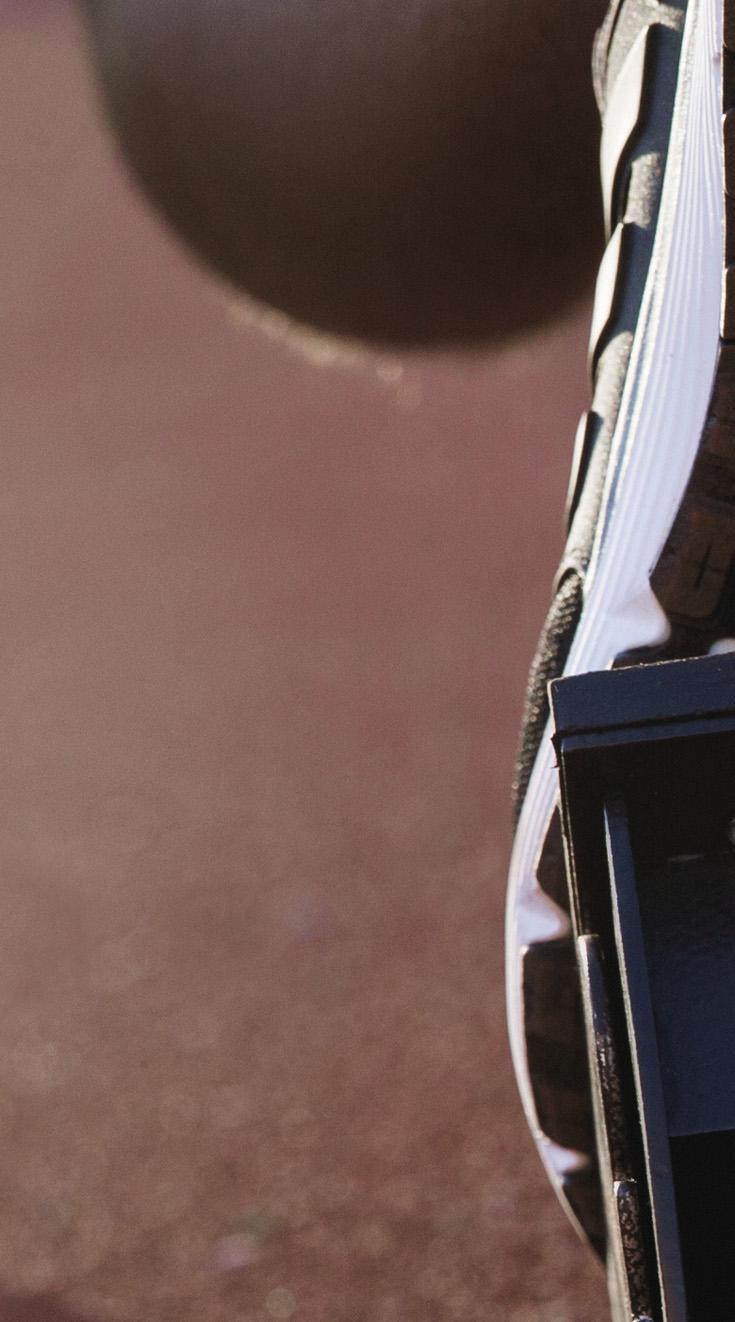

Raymond L. Gatlin, T.D. Williamson, USA, discusses a complex purging operation carried out on one of the longest pipelines in the US.
Sometimes, you just have to get it all out of your system. And often, the best way is with a good nitrogen purge. Purging a hydrocarbon pipeline with nitrogen (N2) creates a dry and stable environment that’s safe for inline operations. It’s a standard technique for clearing the line before any number of activities, including preventive maintenance, hydrostatic testing, a change of service or a flow reversal.
But designing pigs to traverse a 1018 km (633 mile) single-segment pipeline that cuts through America’s heartland? A job that large is anything but standard.
Add in considerations so complex that the feasibility and risk mitigation planning alone took nearly a year, and you’ve got a purge project more challenging than most – one that would require global pipeline solutions provider T.D. Williamson (TDW) to engineer a purging pig like no other.
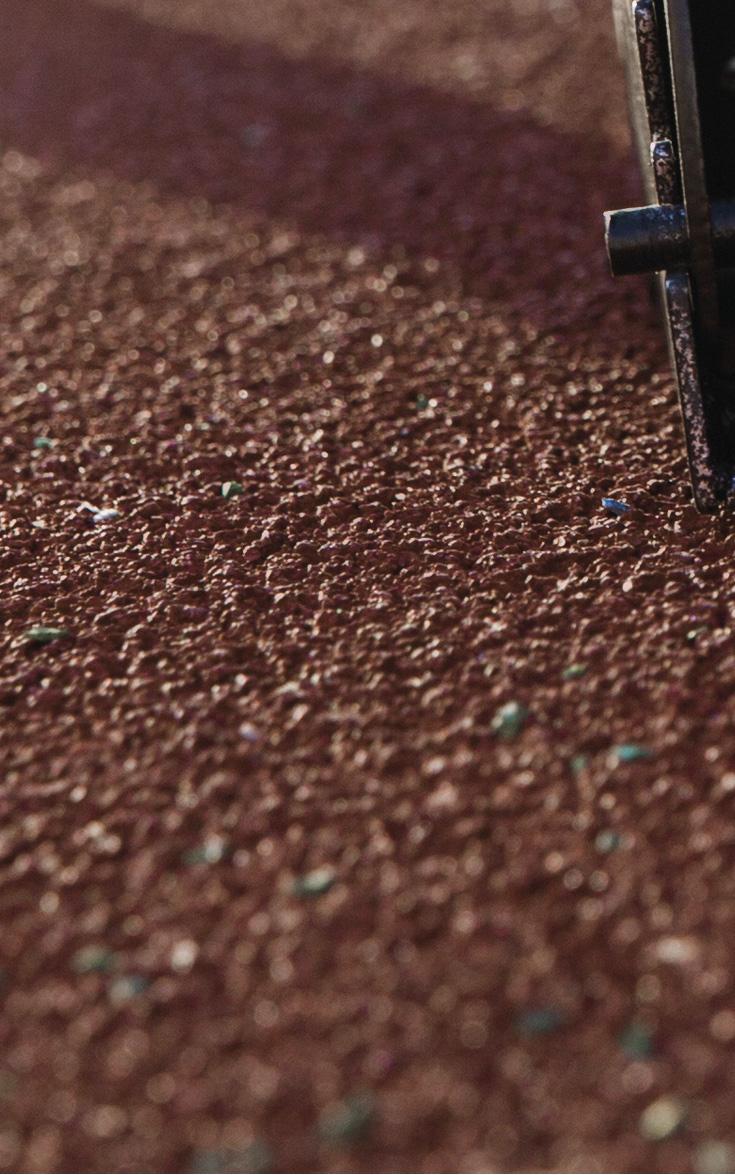


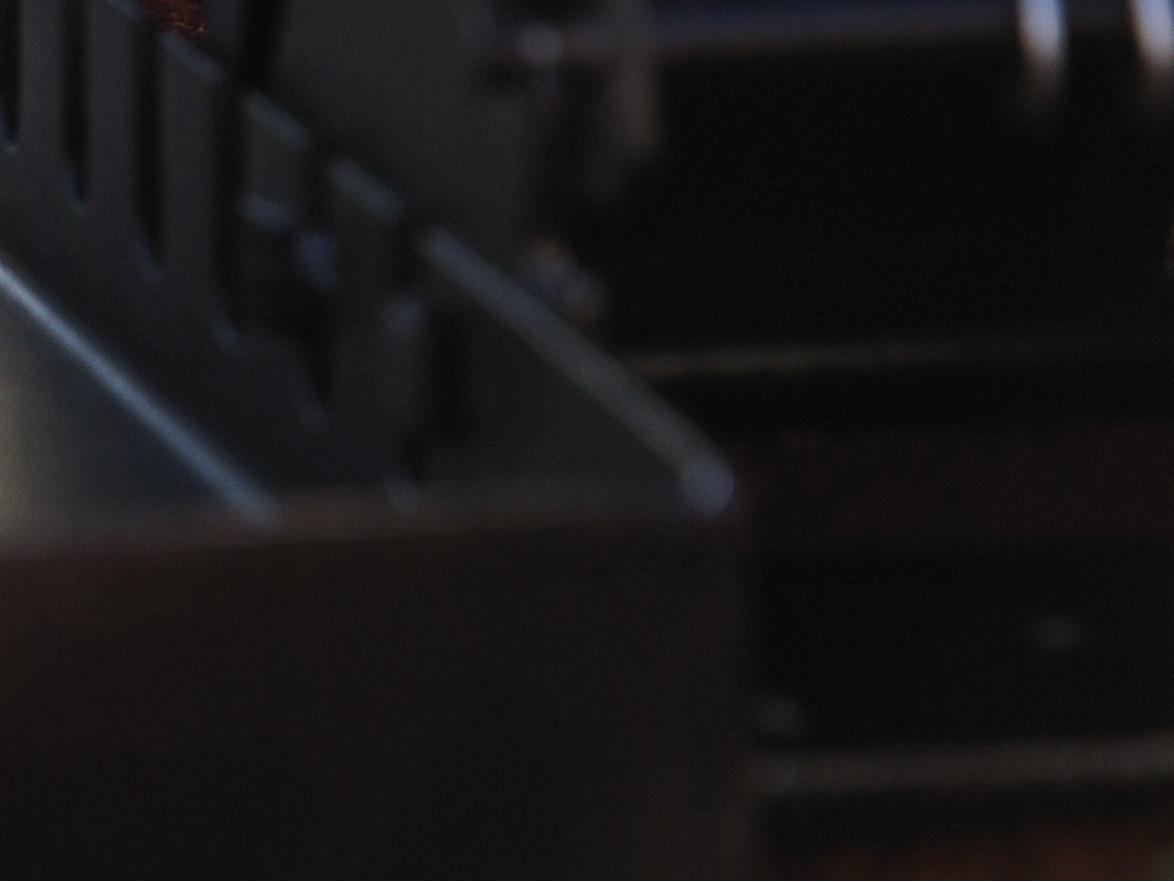
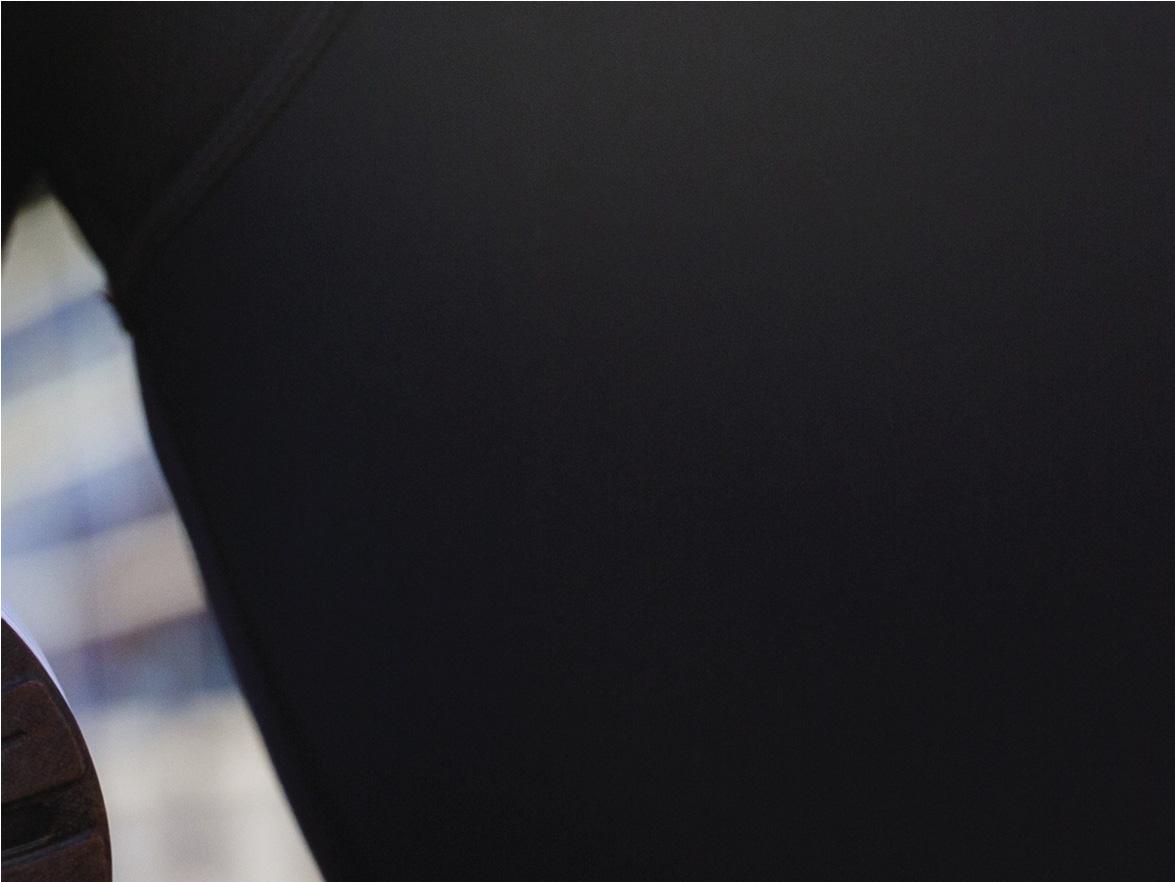
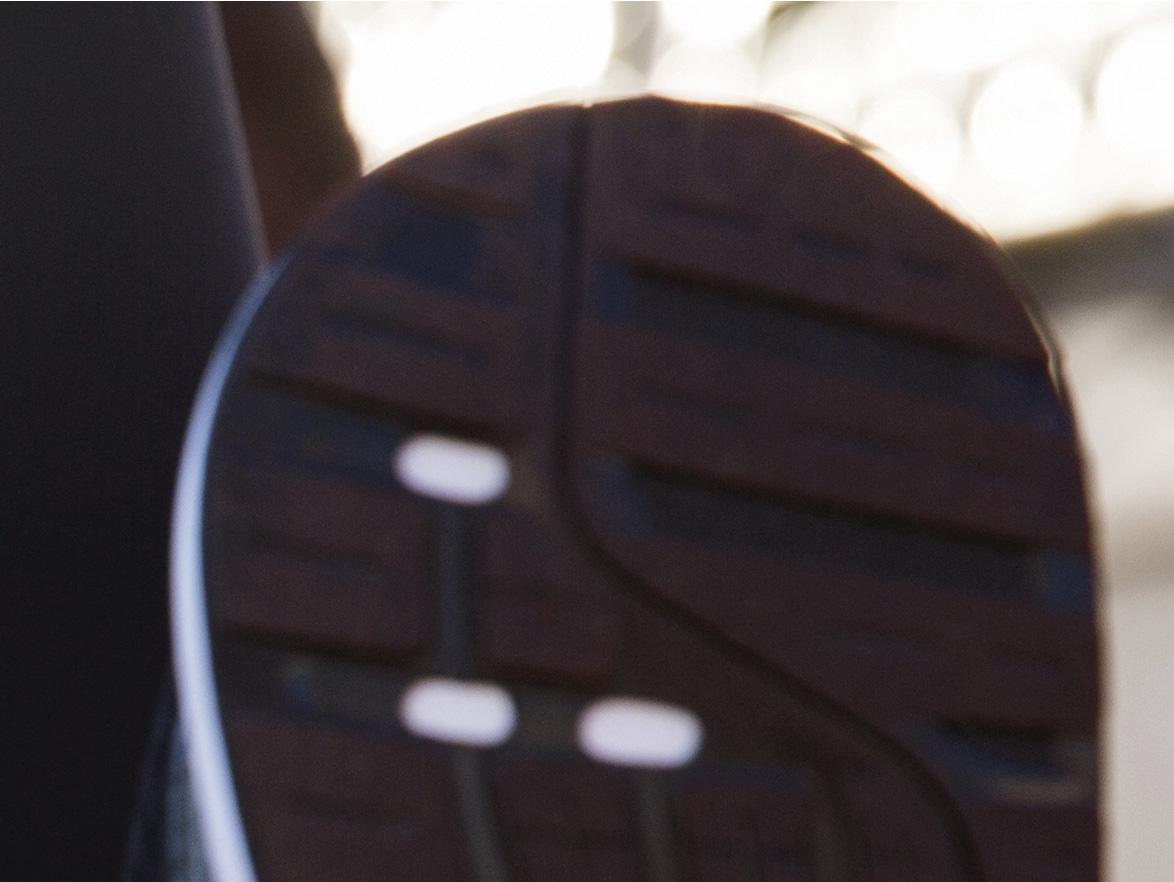




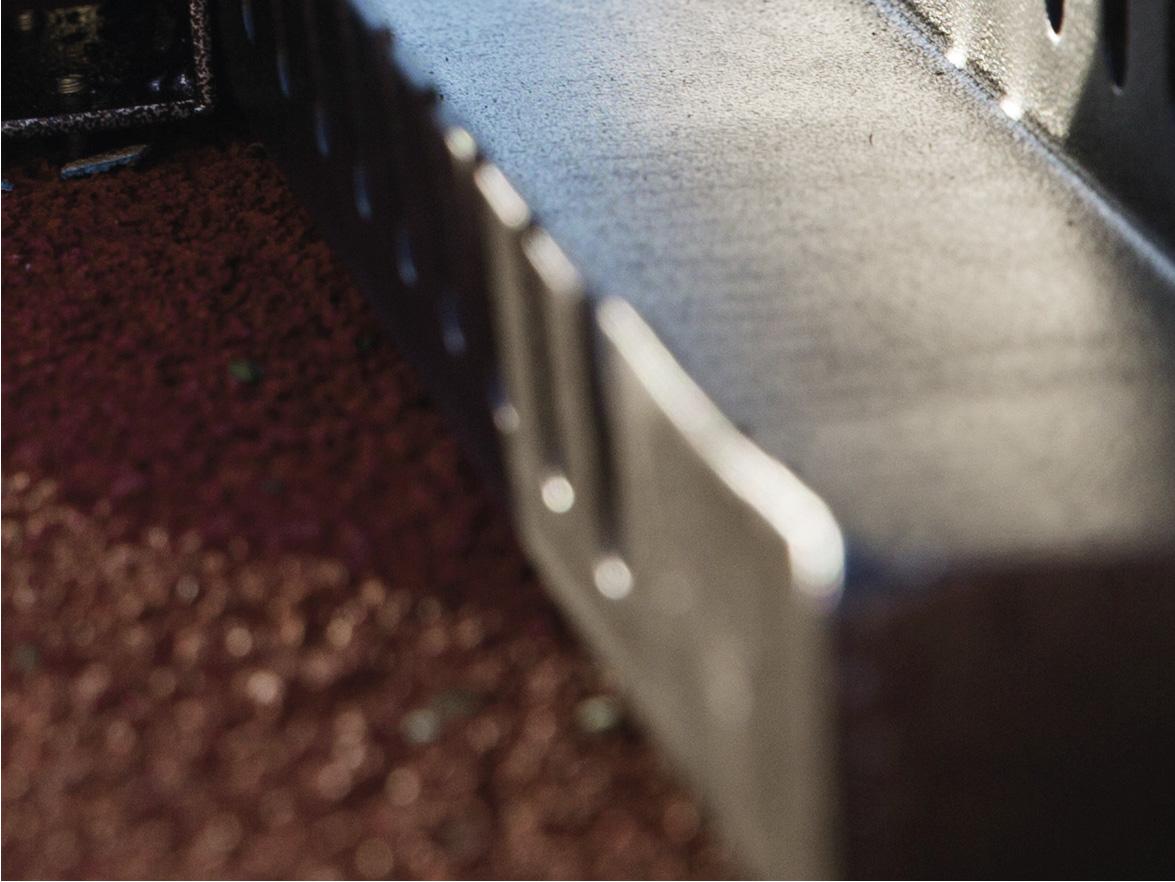
Piggability assessment mitigates risk When the 40 in. pipeline was built more than 50 years ago, it was the largest northbound crude oil line in the United States, with an initial capacity of 256 000 bpd (today, the total is four times that). The system, which runs between the Gulf Coast and southern Illinois, originally carried Louisiana crude to the Midwest. Later, it began transporting imported oil from the Louisiana Offshore Oil Port (LOOP) north.
To prepare the pipeline for preventive maintenance, the owner decided to de-inventory its entire contents.
Obviously, removing 5 million barrels of oil from a pipeline is daunting. Every factor from start to finish has to be carefully evaluated; any misstep can jeopardise the project budget and timetable, not to mention the safety of crews and the communities along the right-of-way. That’s why planning and executing this purge project required a strategic partnership between the operator, the project engineering team and TDW, and took more than two years from start to finish.
Among the earliest activities was identifying risks and developing mitigation strategies. For TDW, that included a piggability assessment to help them understand conditions and features inside the pipeline, and how the configuration of pump stations, in particular, would affect the ability of the purge pig to navigate the system. What they discovered influenced the blueprint for the purge pig, but it wasn’t the only design consideration. TDW also had to develop a pig that would provide a continuous seal – 0.000% bypass – between the N2 and the crude oil the entire way. If it didn’t, N2 bypass could air lock the system and stop the pig in its tracks.
Pump stations create unique challenge Pump stations are often the most restrictive sections of a pipeline system. They’re also one of the most complicated for a pig to traverse, given all the valves, tees, fittings and other appurtenances inside them that can block or hold up passage.
Still, pigs travel through tight and difficult spaces every day. The secret is knowing the dimensions of the tightest point and understanding the kinds of pipeline features that the pig might encounter. Armed with that information, TDW routinely launches the right pig for the pipeline, product and purpose.
The problem this time was that the system’s 15 pump stations were similar, but not identical. This meant that the purge pig might be able to get through one station easily, only to become stuck in – or even damaged by – another.
Reviewing the pipeline’s original design documentation provided some insight into how the pump stations were configured. To provide a full picture of features and critical dimensions, however, the operator had to excavate around several stations.
This revealed that the pump stations had more in common than previously thought. There were only six unique layouts, not 15. To simplify matters even more, only three key features – flow tees, check valves and bypass lines – represented an elevated risk to pigging, although their proximity to one another inside the pump stations was also of concern.
Pigging through the pump stations was just one of the obstacles TDW had to overcome. To meet the design

Figure 1. Excavated special flow tee with pig bypass.
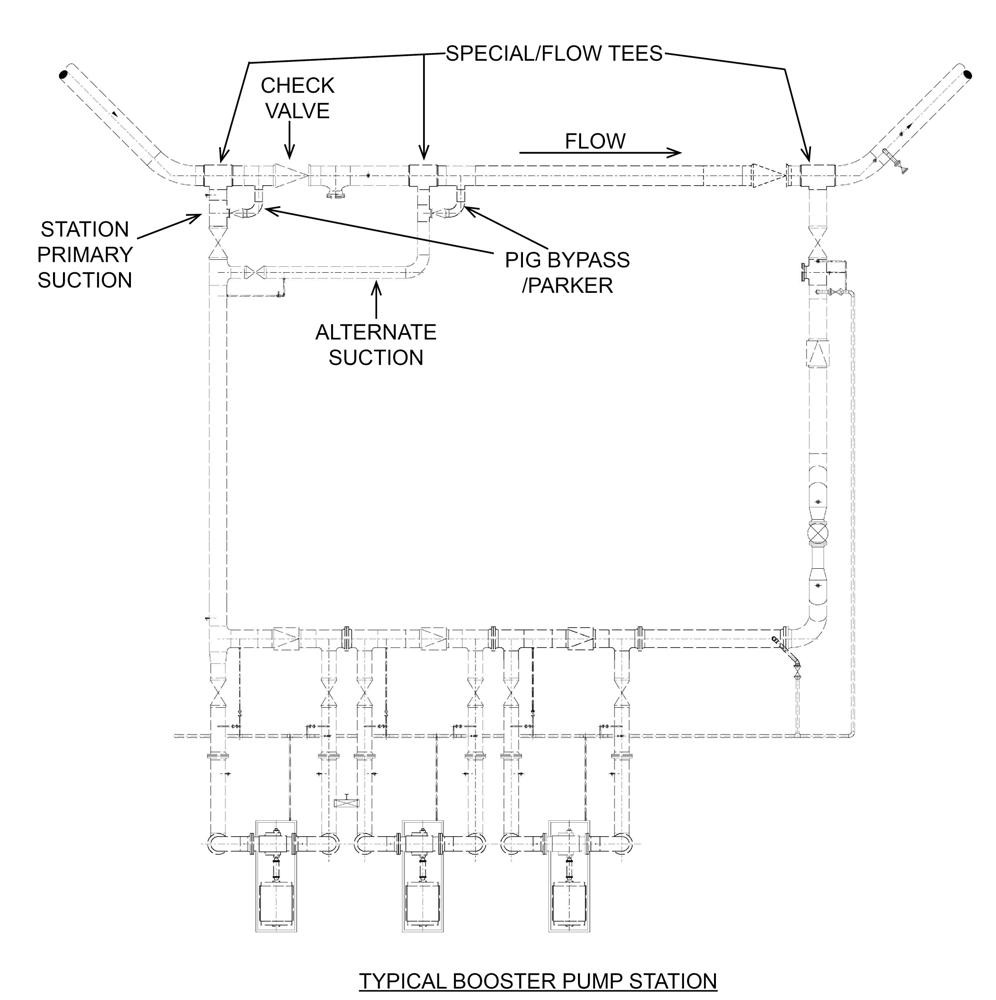
Figure 2. Typical booster pump station layout.

Figure 3. SmartPlug® isolation tool coupler design.
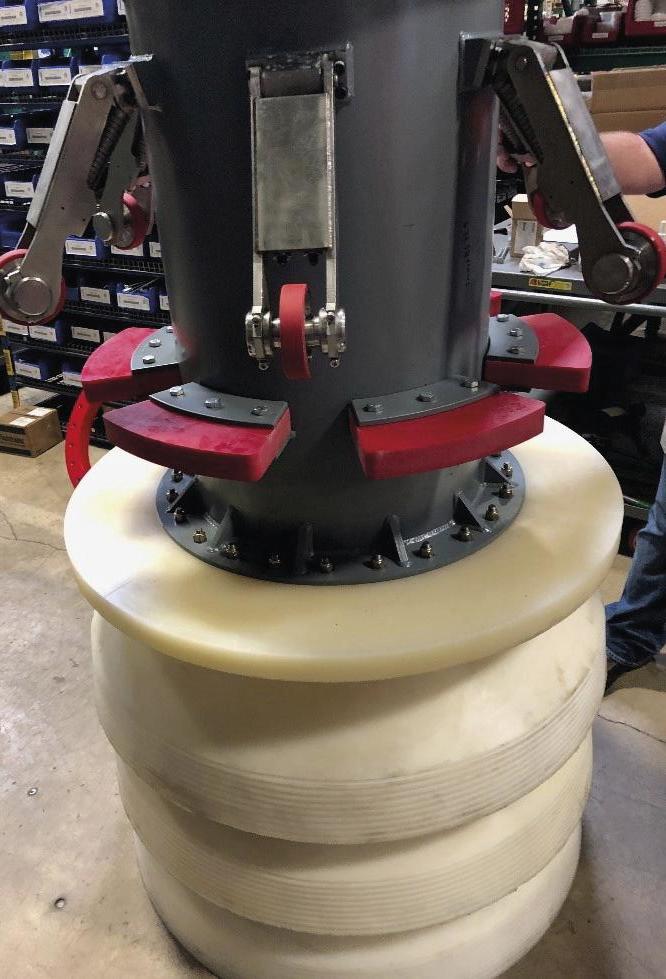
Figure 4. Proven wheel suspension design modified for purge pig.
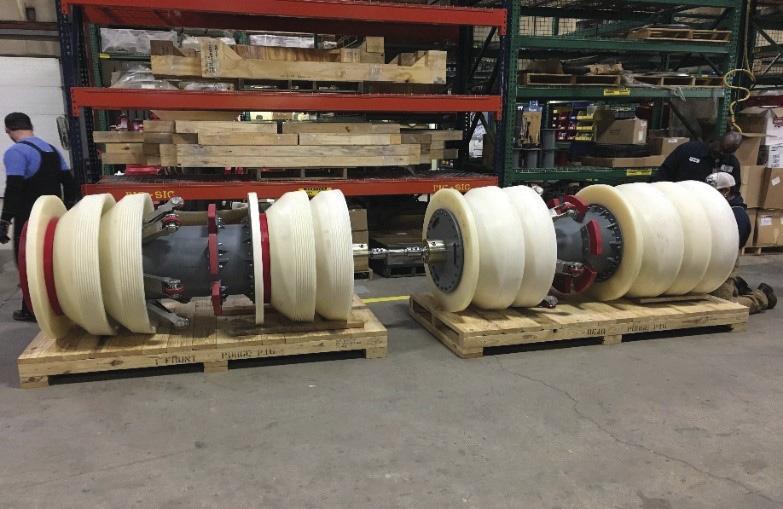
Figure 5. Final purge pig design.
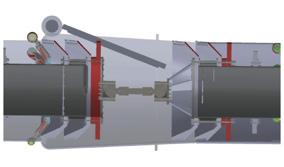
Figure 6. 3D model of purge pig in check valve. specifications, the purge pig would have to be high sealing and maintain the seal, without bypass, the entire length of the pipeline. That meant seals and guide discs needed to be durable enough to withstand one of the longest distances a single pig would have to go in TDW history. In addition, the purge pig would have to be continuously tracked and monitored from launcher to receiver.
And the entire purge run? It needed to be completed within three months.
Proven technologies frame solution From the start, it was evident that this project would require TDW to leverage proven technologies and services from across its entire value chain and multiple service centres.
For example, engineers determined that to maintain seal and zero bypass through the pump stations, two large-diameter pigs would have to run in tandem. This pig train would require a coupler substantial enough to handle not just its weight but also the significant pulling and driving forces it would experience. The proven coupler design from the SmartPlug® isolation tool seemed like an appropriate solution, but TDW wanted to confirm it was the right choice. Their Engineering Analysis team verified the coupler’s suitability using finite element analysis (FEA). That also allowed engineers to pinpoint where high stress points were concentrating and mitigate those through an additional factor of safety in the design.
Engineers also had to reduce the weight on the front drive sections of both pigs and ensure that the pig train remained centred in the pipe ID for the entire run. They achieved both objectives by using a proven wheel suspension design that was borrowed from the TDW 42 in. MFL+DEF inspection tool and modified for the exact weight of the purge pig.
In addition, TDW knew that the pigs’ sealing cups and guide discs would have to be made from a special kind of urethane to avoid excessive wear. Fortunately, the company’s pigging product development team had been evaluating and testing a new urethane formulation for several months prior to this project – and one objective of this formulation was to provide outstanding wear resistance and durability during long runs or in abrasive environments. Incorporating this high wear-resistant urethane with TDW RealSeal® high-seal technology provided the right combination to ensure proper sealing during the purge pig train’s critical journey.
Finally, engineers designed an adapter on the purge pig to accommodate the installation of tracking technology, enabling round-the-clock monitoring.
After multiple design iterations, followed by multiple 3D model simulations of each component as the pig traveled through the various pump station layouts, TDW validated their purge pig design. But before they could launch it, another facet of the project had to be resolved. To ensure throughput during the purge, the pipeline would have to be cleaned first.
Cleaning clears the way The feasibility study indicated it was possible, probably even likely, that there was residual paraffin and other particulate in the pipeline – nothing unusual, given that it had been in service for more than 50 years.
The problem, though, was this: if solids accumulated in front of the purge pig, it would increase the differential pressure required to move the pig, possibly to a point above the system’s maximum operating pressure (MOP) limitations. And if that happened, the pig would stop moving and have to be retrieved through a coupon cut out of the pipeline, an expensive proposition that would throw the entire project off schedule. Paraffin build-up could also prevent the purge pig from effectively sealing against the pipe wall while creating the possibility of N2 bypass.
To mitigate those risks, TDW drew once again from their toolbox, choosing the 40 in. VANTAGE® cleaning pig to run ahead of the purge pig. Because the VANTAGE pig is equipped with blades, it can cut through and clear wax – unlike brushes, which can become packed with paraffin and start riding on top of the debris rather than removing it.
Once the pipe was clean and paraffin-free, there was one last challenge to contend with before the purge itself could begin: ensuring it could be done while maintaining service to the operators’ customers.
The only solution was to purge the pipeline in two phases. The operator purged the first 645 km (410 mile) section in two months. The remaining 373 km (232 miles) were completed a month later. The phase one schedule allowed for inspection of the purge pig at several locations and refurbishment, if necessary.
To look for damage that could obstruct the purge pig and delay the project, TDW launched its DEF+GMFL ILI technology after configuring it to operate in this unique pipeline. Specifically, they utilised a tool that is typically configured for 42 in. pipelines in a 40 in. configuration, with enhancements to ensure it could travel and collect data through the entire long-distance run.
During each of the two purge phases, TDW utilised pig trackers 24 hours a day to update the location of the pigs and ILI tool at established markers. Additionally, pig trackers staged at each booster pump station provided notification when the pigs entered and left. Because the pump stations had to be off when the pigs passed through, this allowed the operations centre to know precisely when the pumps could be started up again.
Purge finishes safely and on time Purging this long and complex pipeline required months of planning and preparation between TDW, the operator and the project engineers, but in the end, all that diligence paid off.
All of the cleaning, purging and ILI equipment performed as required and was received in extremely good condition, passing post-run examination by a wide margin. As for the new, high wear-resistant urethane formulation TDW pressed into service, it proved more than capable of standing up to demanding requirements. At post-run inspection, the cups showed less than 2% wear.
The purge pig also satisfied all criteria, avoiding costly or time-consuming surprises and enabling the project to wrap up on time. In fact, the purge pig was received within 12 hours of scheduled completion.
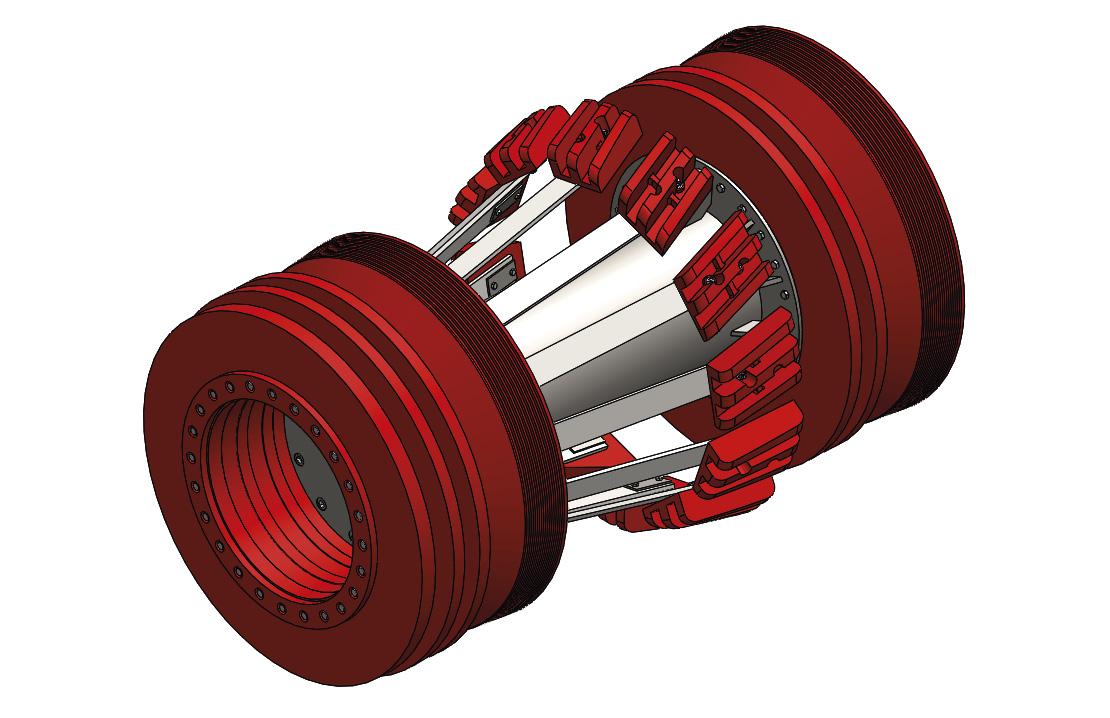
Figure 7. 40 in. VANTAGE® cleaning pig.
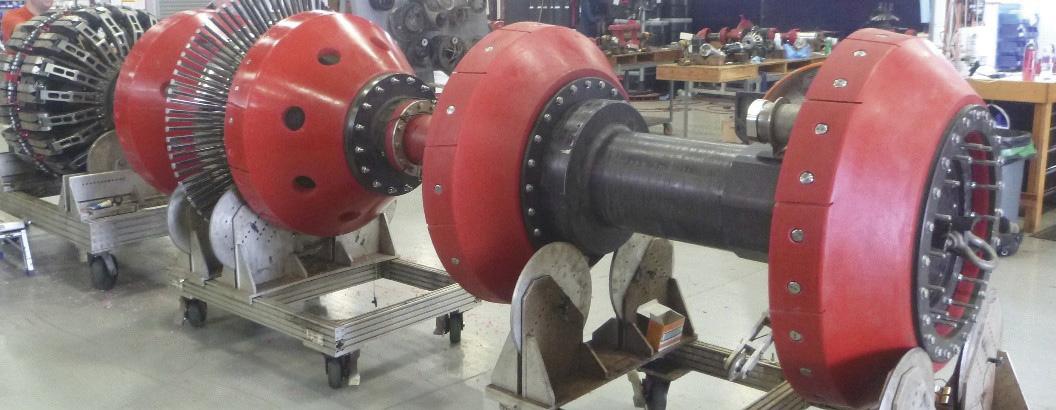
Figure 8. DEF+GMFL inline (ILI) inspection tool.
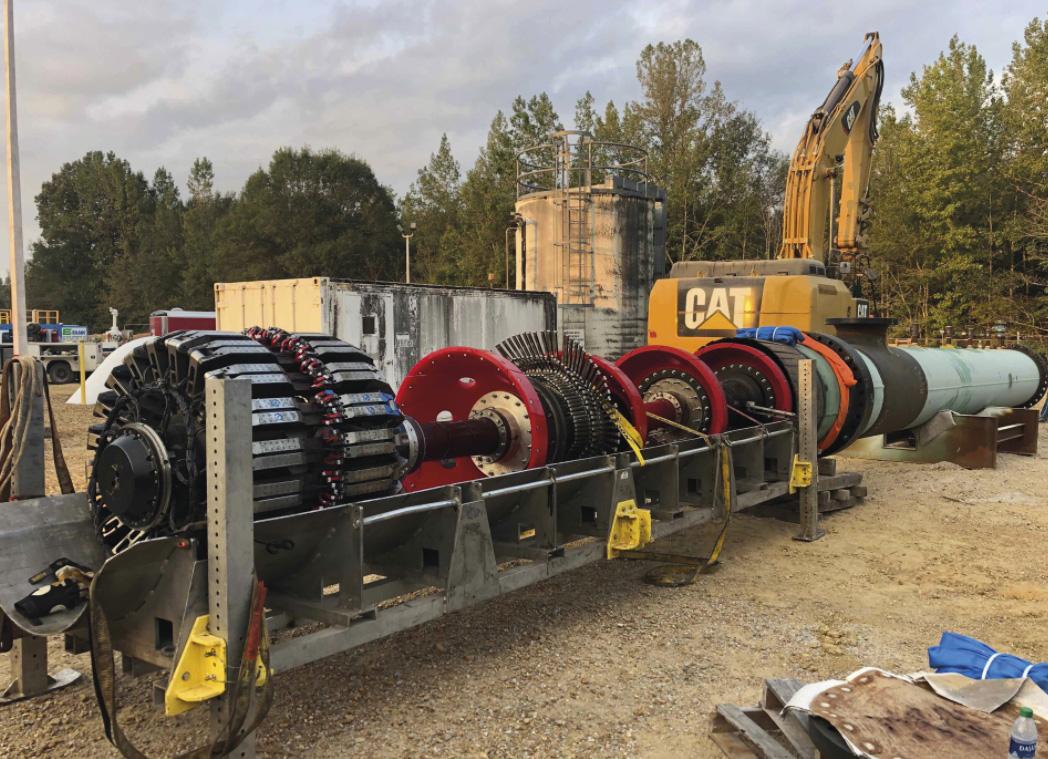
Figure 9. Field launch preparation of ILI tool. Note
A white paper describing this project was presented at PPIM 2021.









